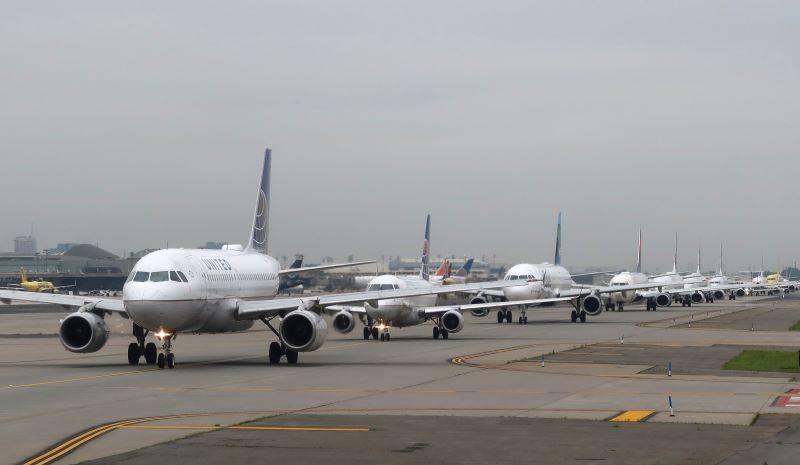
Credit: Gary Hershorn/Getty Images
WASHINGTON—U.S. airlines are benefiting from strong leisure demand during the traditionally busy peak summer season, but for many the final steps to a sustained recovery—business and international traffic upticks—could be difficult. That is the conclusion from a new Swelbar-Zhong Consultancy...
Subscription Required
This content requires a subscription to one of the Aviation Week Intelligence Network (AWIN) bundles.
Schedule a demo today to find out how you can access this content and similar content related to your area of the global aviation industry.
Already an AWIN subscriber? Login
Did you know? Aviation Week has won top honors multiple times in the Jesse H. Neal National Business Journalism Awards, the business-to-business media equivalent of the Pulitzer Prizes.



